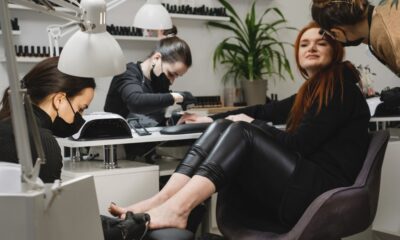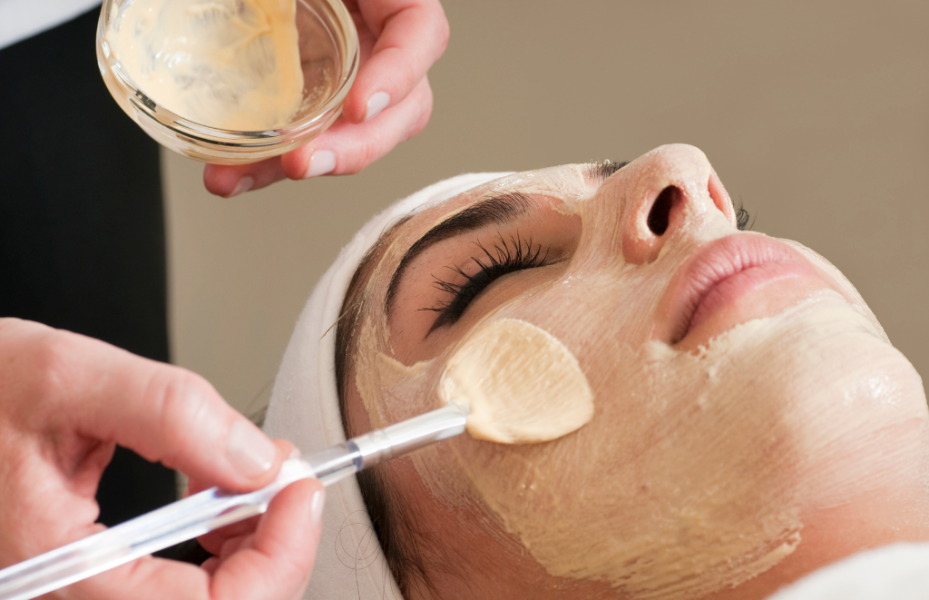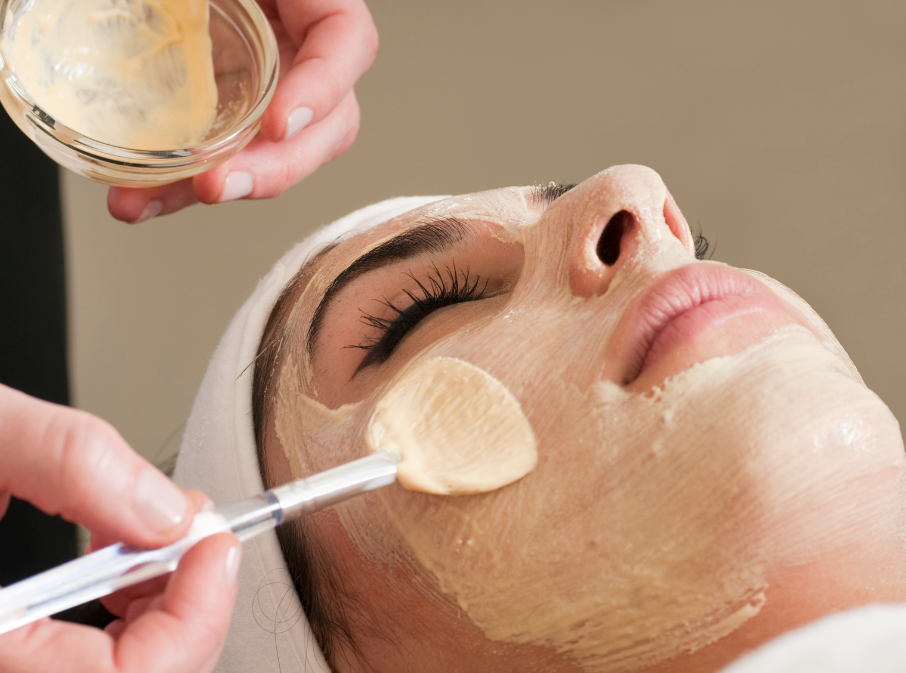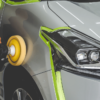Beauty
Is Your Makeup Aging You? The Subtle Mistakes Most People Miss
Makeup is supposed to make you look fresher, more polished, and more confident. Yet many people have the opposite experience: the more makeup they wear, the older and more tired they feel they look. It’s easy to assume this is just “aging,” but often the real culprit is much simpler.
In most cases, it isn’t your age that’s aging your face—it’s how your makeup interacts with your skin’s hydration, texture, and movement. According to American Academy of Dermatology guidance on basic skin care, the way you care for your skin significantly affects how smooth, bright, and youthful it appears, even before makeup goes on.
When skincare is off, even the best foundation, concealer, and powder can end up highlighting everything you’d rather hide.
This article walks through the subtle makeup mistakes that quietly age your appearance—and how to fix them with small, smart changes.
Quick Summary
Makeup can make you look older when you rely on heavy matte foundations, over-powdering, thick under-eye concealer, outdated techniques, wrong colour undertones, poor skin prep, and incomplete makeup removal. These habits exaggerate lines, dullness, and texture, but can be reversed with better hydration, lighter formulas, modern techniques, and proper cleansing.
Why Makeup Sometimes Makes You Look Older
A youthful look isn’t about zero wrinkles. It’s about three things:
- Hydrated, bouncy skin
- Natural radiance (not shine, but gentle luminosity)
- Smooth, even texture
As we age, our skin naturally loses some moisture and becomes more prone to dryness and fine lines. When makeup choices don’t adapt to those changes, products can sit on top of the skin instead of melting into it. That’s when foundation cracks, concealer creases, and powder looks chalky.
The good news? This is all fixable.
1. Heavy Matte Foundations That Sink Into Lines
Matte, full-coverage foundations are popular because they promise “flawless” skin. The downside is that they are often designed to control oil and stay put for long hours—which usually means they are more drying.
On skin that’s even slightly dehydrated, matte formulas tend to:
- Cling to dry patches
- Break apart around expression lines
- Emphasise texture around the mouth, nose, and eyes
Instead of looking smooth, the foundation can end up cracking when you smile or frown, making lines appear deeper. As dermatology guidance on basic skin care explains, hydration is key to a smoother and more youthful surface; dry skin makes lines far more visible.
Switching to a hydrating or satin-finish foundation, or even mixing a drop of facial oil or moisturiser into your base, can instantly soften this effect.
2. Over-Powdering: When “Setting” Turns Into “Aging”
Powder is helpful for controlling shine and setting makeup in place. The problem arises when it’s used like it’s still 2005—thick layers, heavy baking, and repeated touch-ups throughout the day.
Too much powder can:
- Flatten the natural glow of your skin
- Settle into fine lines and pores
- Create a dry, chalky look, especially under the eyes
- Make the face look dull in natural light and photos
Instead, think of powder as a precision tool, not a blanket. Focus a small amount only where you genuinely get shiny—usually the T-zone (forehead, sides of the nose, and chin). A fine, translucent formula pressed lightly into the skin with a puff or small brush is enough to keep makeup in place without aging the overall look.
3. Skipping Skin Prep: The Fastest Way to Age Your Makeup
Makeup will only ever look as good as the skin it’s sitting on. If skin is dehydrated, rough, or flaky, foundation and concealer will catch on every bit of texture.
Basic prep doesn’t have to be complicated, but it should be consistent. A simple pre-makeup routine might include:
- Gentle cleanse (to remove oil, sweat, or leftover product)
- Hydrating serum or light moisturiser
- A primer suited to your skin (hydrating, smoothing, or gripping)
According to American Academy of Dermatology guidance on basic skin care, consistent cleansing and moisturising help maintain a healthier skin barrier and a smoother appearance, which in turn makes makeup sit better and look more youthful.
For those dealing with dehydration or dullness, occasional at-home treatments—such as mild exfoliation, sheet masks, or hydrating treatments—can further enhance texture and radiance without relying on professional services.
4. Misusing Under-Eye Concealer (The Crease Magnet)
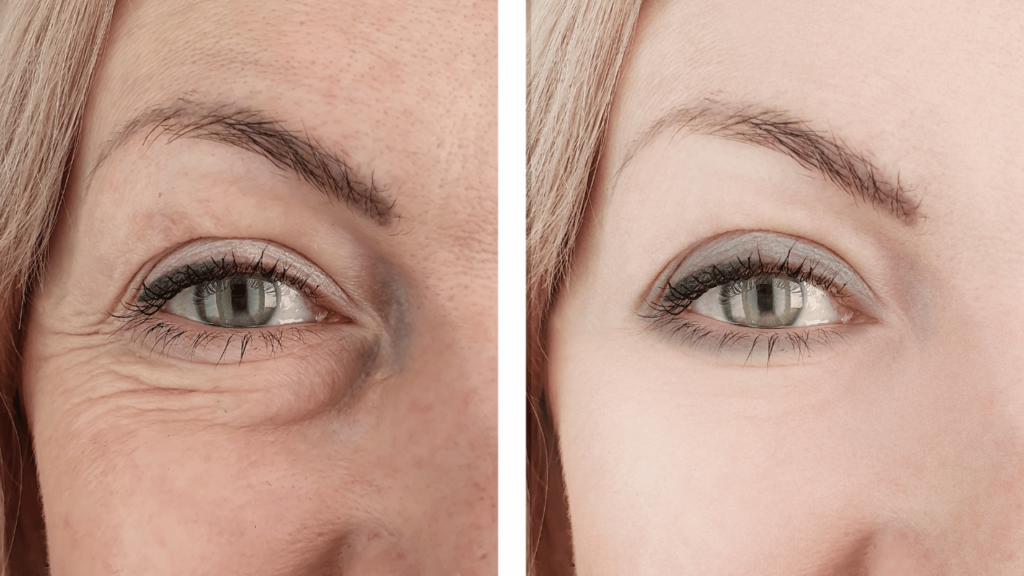
The under-eye area is where people often try hardest to look fresh—and accidentally create the most aging effect.
Common mistakes include:
- Using thick, heavy concealers
- Applying too much product in one go
- Setting with a lot of powder
- Taking concealer right up to the lower lash line
Because under-eye skin is thin and moves a lot when you speak or smile, heavy product almost always creases and settles into fine lines. Instead of erasing signs of fatigue, it ends up highlighting them.
Better choices:
- Use a light, fluid concealer or a brightening pen
- Apply in thin layers only where the darkness is most visible
- Use minimal or very finely milled powder, if any, under the eyes
The result is softer, more natural coverage that moves with your skin, rather than cracking on top of it.
5. Outdated Techniques That Drag the Face Down
Makeup styles evolve. Some methods that were trendy a few years ago can look harsh and aging today—especially on more mature skin.
Techniques that often add years include:
- Sharp, strong contour lines that hollow out the cheeks
- Heavy “baking” under the eyes and jawline
- Very matte lipsticks with no sheen or dimension
- Thick eyeliner that closes the eye shape
- Over-drawn, blocky brows that dominate the face
Modern “youthful” makeup is softer and more blended. It focuses on:
- Gentle warmth along the cheekbones rather than harsh contour
- Cream blush for a fresh, skin-like finish
- Subtle highlight for natural radiance
- Fluffier, more natural brows
These changes visually lift the face rather than drag it down.
6. Wearing the Wrong Undertone or Colour Palette
Colour can either energise your face or drain it.
When your foundation undertone is off—for example, too yellow, too pink, or too grey—it can make the complexion look flat and tired. The same goes for lip and cheek colours that fight your natural colouring.
As we age, our skin often loses some of its natural rosiness or brightness. Using the wrong undertone exaggerates this and can make the face look more fatigued than it really is.
Practical fixes:
- Get colour-matched in natural daylight whenever possible
- Choose foundations that disappear into your neck and chest, not just your face
- Pick lip and blush shades with a touch of warmth to bring life back into the complexion
These tweaks don’t just make makeup “match”—they make it revive the face.
7. Not Fully Removing Makeup: The Silent Skin-Ager
One of the most damaging—but rarely talked about—habits is not fully removing makeup at the end of the day.
Even if your face “looks” clean, small amounts of foundation, pigment, or mascara can remain on the skin and lashes. Over time, this residue can:
- Clog pores
- Irritate the skin and eyes
- Contribute to dryness and roughness
- Interfere with the skin’s overnight repair cycle
A study of traditional opera performers found that incomplete makeup removal was the leading cause of human-induced skin problems, especially around the eyes where heavy makeup was worn. This research on incomplete makeup removal and skin problems among performers highlights how residue buildup can seriously impact skin health.
For everyday makeup wearers, the lesson is clear: proper removal is non-negotiable. A double-cleanse routine—starting with an oil or balm cleanser to dissolve makeup, followed by a gentle water-based cleanser—helps ensure you’re removing pigment thoroughly without stripping the skin.
For more beauty and skincare insights, you can explore our latest articles on the Orderoo blog, where we cover routines, tips, and expert-backed advice to help your skin look its best.
Conclusion
Makeup itself isn’t the enemy of youthful skin. The real issues arise when:
- Skin isn’t properly prepped or cared for
- Formulas don’t match your current skin needs
- Techniques are outdated or too heavy
- Makeup isn’t removed thoroughly
By choosing more hydrating bases, using powder strategically, lightening up under the eyes, updating your techniques, matching your undertone correctly, and cleansing makeup off completely, you can transform your makeup from “aging” to “age-defying.”
Small changes in your routine can make a big visual difference—often from the very next application.
FAQs
1. Why does my usual makeup suddenly make me look older?
As your skin changes with age—losing some moisture and elasticity—the same heavy or matte formulas that once looked flawless can start emphasising lines and dryness. Updating to more hydrating products and softer techniques helps your makeup adapt to your current skin.
2. What type of makeup is best for a more youthful look?
Lightweight, buildable foundations, cream or liquid blush, hydrating concealers, and subtle highlighters generally look more youthful than heavy, matte, or overly powdered products. These options enhance your natural radiance instead of masking it.
3. How can I stop my makeup from settling into fine lines?
Focus on skin prep first—cleanse and moisturise well—then apply thin layers of foundation and concealer. Avoid thick, matte formulas in high-movement areas and use only a small amount of finely milled powder. Thorough makeup removal at night also prevents long-term texture build-up.
Hi, I’m Monika Dhiman. I hold a Master’s degree in Information Technology and have spent the past several years building and managing my own business. I’m passionate about finding smart, practical ways to make life and work more efficient. Beyond tech, I have a deep interest in health, fitness, and food — you’ll often find me at the gym or experimenting with new recipes. Through my articles, I aim to simplify technology concepts and share practical insights drawn from my experience as both a business owner and fitness enthusiast. My goal is to help readers discover balanced, effective ways to grow — in business, in wellness, and in everyday life.







